Although carbon steel pipes and low-carbon steel pipes are both iron-carbon alloys, they differ significantly in composition, performance, process and application. The core difference lies in the carbon content: the carbon content of carbon steel pipes ranges widely (about 0.04%-2.1%), while the carbon content of low-carbon steel pipes generally does not exceed 0.30%, such as No. 10 and No. 20 steels, and can even be as low as 0.25% or less.
Mild steel is the lowest carbon type of carbon steel, with a relatively low carbon content. Mild steel can also contain other elements such as manganese, silicon, and trace amounts of phosphorus. These added elements protect the integrity of the metallic iron structure by preventing dislocations within the iron crystals. Carbon acts as a hardener, and the percentage of carbon added is directly proportional to the strength of the steel; the strength of steel generally increases with the amount of carbon added.
Mild steel is the most widely used type of steel, used in 85% of steel products in the United States alone. It has become a popular form of iron due to its desirable properties such as ductility, strength, and economical price. Mild steel is often used to produce wire, steel plate, and other construction materials.Mild steel pipes are a type of carbon steel with a low carbon content, typically between 0.05% and 0.25%.
1. Chemical composition and microstructure
Low carbon steel is mainly composed of ferrite and a small amount of pearlite, so it has good toughness and weldability. The proportion of pearlite in medium and high carbon steel increases, and the strength and hardness are significantly improved, but the plasticity and welding performance decrease accordingly, and it is easy to brittle fracture at low temperature.
2. Differences in mechanical properties
The yield strength of low carbon steel pipe is about 240-350MPa, and the elongation is as high as 25%-35%, which is suitable for occasions with large impact loads; while the yield strength of medium and high carbon steel pipe can reach more than 600MPa, which is suitable for manufacturing high-strength components such as gears and bearings. In terms of hardness, low carbon steel usually has an HRC of less than 20, while high carbon steel can reach more than 55.
3. Differences in process performance
Low carbon steel is easy to cold process and weld, and is an ideal material for heat exchangers, automobile shells and building pipes. Carbon steel pipes require heat treatment processes such as preheating and tempering, and have poor cold forming performance. They are suitable for occasions with high hardness requirements such as tools and molds.
4. Differences in application fields
Low carbon steel pipes are widely used in building structures, water pipe systems, automobile manufacturing, low temperature containers, etc.; medium and high carbon steel pipes are used in oil pipelines, mining equipment, mechanical high load parts, etc. Especially in low temperature or high frequency vibration environment, low carbon steel pipes have more advantages.
5. Production process
Low carbon steel pipes are suitable for cold drawing, cold rolling and other finishing processes, which can meet the application requirements of high dimensional accuracy; while high carbon steel requires hot rolling process, which is more difficult to produce and the cost is relatively higher.
6. Industry standards and specifications
The two types of steel pipes follow different standard systems. Low-carbon steel pipes for low temperatures are usually produced according to special standards such as ASTM A333, which have strict requirements on chemical composition, low-temperature impact toughness and other indicators. Carbon steel pipes for structures may be produced according to standards such as
ASTM A106 (seamless carbon steel pipes for high temperatures) and ASTM A53 (seamless and welded steel pipes for general purposes). In China, carbon steel pipe products follow standards such as GB/T 8162 (seamless steel pipes for structures) and GB/T 8163 (seamless steel pipes for conveying fluids), while low-carbon steel pipes for special purposes have corresponding special standards. These standards and specifications not only clarify the chemical composition and mechanical properties of steel pipes, but also stipulate quality requirements such as dimensional tolerances, test methods, and inspection rules, providing users with a reliable basis for selection.
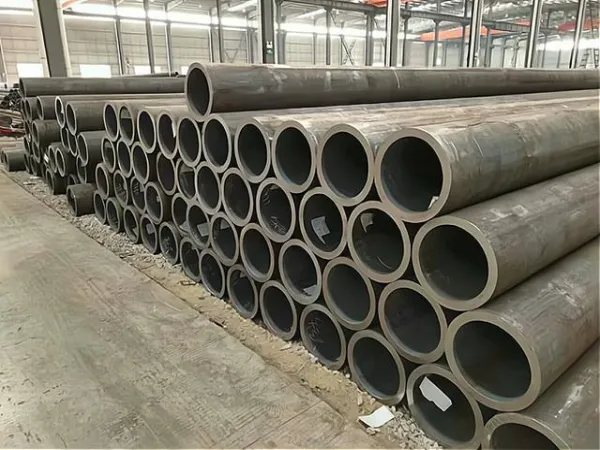
Classification of Carbon Steel Pipes
Carbon steel pipes and low-carbon steel pipes are two widely used structural materials in the industrial field. Although they have similar names, they have a series of important differences in essence. From a material science perspective, carbon steel pipes are tubular materials made of iron-carbon alloys. Their carbon content is usually between 0.04% and 2.1%, and can be further subdivided into multiple categories according to the specific carbon content. Low-carbon steel pipes are a subcategory of carbon steel pipes, specifically those steel pipes with a carbon content of no more than 0.30%. According to more stringent standards, steel with a carbon content of less than 0.25% is sometimes called low-carbon steel.
From the classification system, carbon steel pipes can be divided into three categories according to carbon content: low-carbon steel (carbon content ≤ 0.25%), medium-carbon steel (carbon content between 0.25%-0.6%), and high-carbon steel (carbon content > 0.6%). This classification is not arbitrary, but is based on the significant effect of carbon on the crystal structure and mechanical properties of steel. In steel materials, a small change in carbon content can lead to significant differences in material properties. As the "soft steel" in the carbon steel pipe family, low carbon steel pipes have become the preferred material in building structures, automobile panels and piping systems due to their moderate strength, excellent plasticity and good welding properties.






 English
English Español
Español بالعربية
بالعربية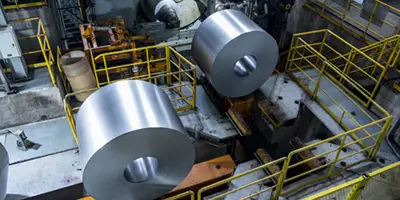

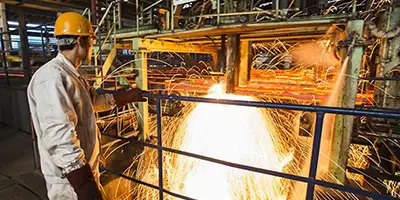
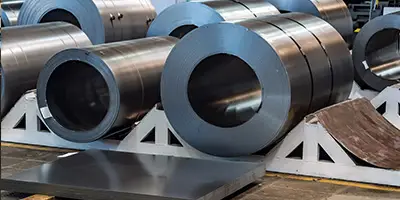

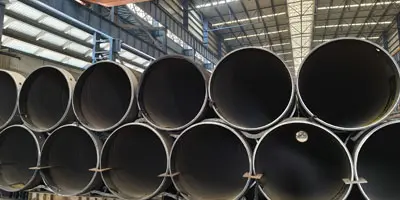

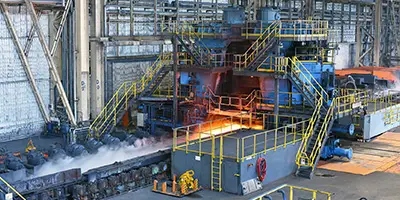
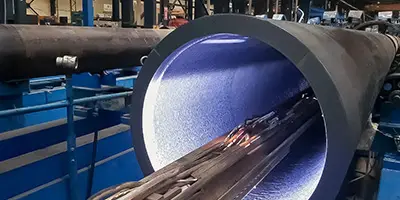
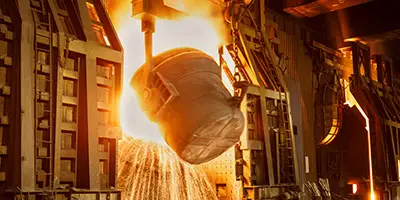


 Phone :
Phone :  Whatsapp :
Whatsapp :  Email :
Email : 


